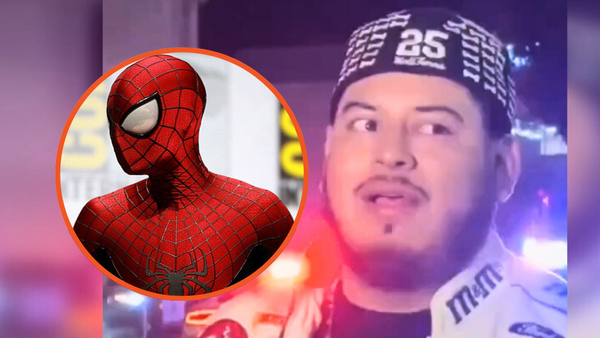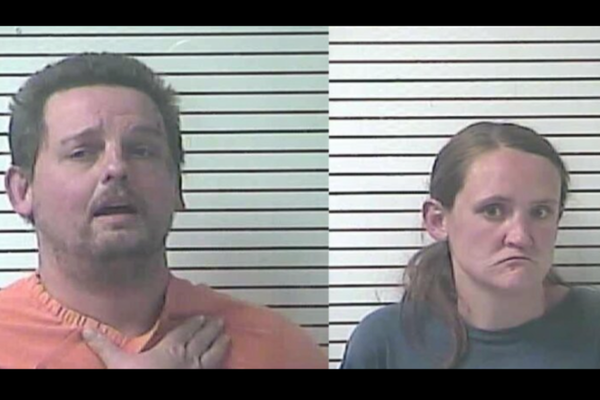
A lawyer who led a review into the Criminal Cases Review Commission’s work has said it is “absolutely inevitable” there will be more miscarriages of justice after Peter Sullivan was released from prison after spending 38 years inside for a murder he did not commit.
Sullivan was convicted in 1987 of the murder of 21-year-old Diane Sindall, who was killed as she left work in Bebington, Merseyside. The court of appeal quashed Sullivan’s murder conviction on Tuesday after new evidence showed his DNA was not present in samples preserved from the scene.
Sullivan’s case is thought to be the longest-running miscarriage of justice in British history. Speaking to BBC Radio 4’s Today programme, Chris Henley KC, who led a review into the CCRC’s handling of the Andrew Malkinson miscarriage of justice case said: “I think that’s absolutely inevitable. I think the case of Peter Sullivan shows us once again that mistakes will be made.
“And as part of the review process that I undertook, I urged the CCRC to review urgently and fundamentally every single case across their desk where DNA opportunities might arise, where the case was based, like this one was, on circumstantial evidence or even eyewitness evidence, which we know from the case of Andrew Malkinson, can also often be flawed.”
Malkinson was freed in 2023 after his conviction was quashed when DNA evidence exonerated him of the rape for which he had served 17 years in prison.
Henley added: “I think that there is a fundamental problem in relation to our appeal system generally, that it just won’t face up to the fact that mistakes can be made. It stubbornly wants to stick to the original flawed conviction.”
The Labour peer and former justice secretary Charlie Falconer said the CCRC, which is without a chair after Helen Pitcher resigned over the commission’s handling of the Malkinson case, was “unled and generally regarded as useless”.
There has been acknowledgment from all sides that when Sullivan first applied to the CCRC in 2008, forensic testing techniques were not sufficiently advanced to exonerate him. But Lord Falconer told the Today programme that access to the science had been available for more than a decade after it was used in 2013 to exonerate Victor Nealon, who spent 17 years behind bars after being wrongly convicted of a sexual assault.
“Why were no steps taken, maybe until 2024 to look at the maybe 1,600 cases of rape or murder where there was an issue about identity when this new test was available?” said Falconer. “Or maybe not the new test, but a test that gave more accurate results. It’s absolutely horrific that Mr Sullivan spent 11 years at least in prison when the new test had become available and could have exculpated him.”
He said the CCRC should look at “not just individual case problems, but systemic problems, like the availability of the exculpatory DNA evidence”.
Sullivan’s lawyer, Sarah Myatt, told Today he was feeling “very overwhelmed, as you can imagine”. She said: “I think it will take quite some time for him to readjust, but [he’s] very, very happy.”
She said Sullivan had been on video link from prison when he heard the news his name had been cleared and he would be released from prison. “We were all witness to the moment when he realised that the decision had been made to quash his conviction and that he would be released, and he just broke down. He put his head down on to the table, and he was sobbing, and that was quite poignant to see.”
Myatt has represented Sullivan for more than 20 years, and told Today “we will continue to support him with any compensation claim”. She said the battle to free her client had been a “long process” but the DNA evidence had proved key in strengthening their legal case. “The moment of receiving the news about the DNA evidence was so significant,” she said.
“I will never forget that moment when I had that phone call telling me that the DNA evidence had been obtained and that it was not a match for Peter. That will stay with me for the rest of my career and beyond. So once we had that, we felt that we were in a strong position.”
The case, she said, had “created two victims”. “Diane Sindall, of course, being the victim of a horrific crime,” she said, “and Peter being the victim as somebody who has spent nearly 40 years in prison for a crime that he is not responsible for.”







